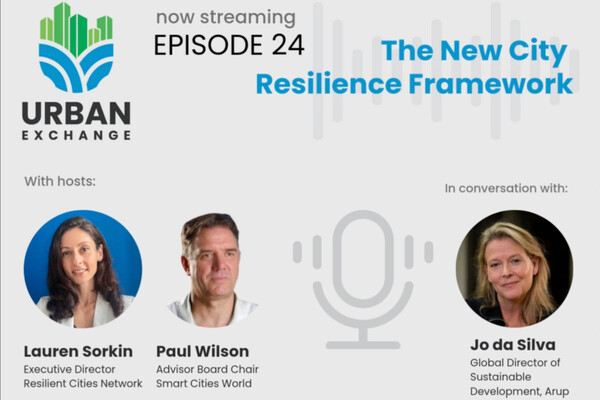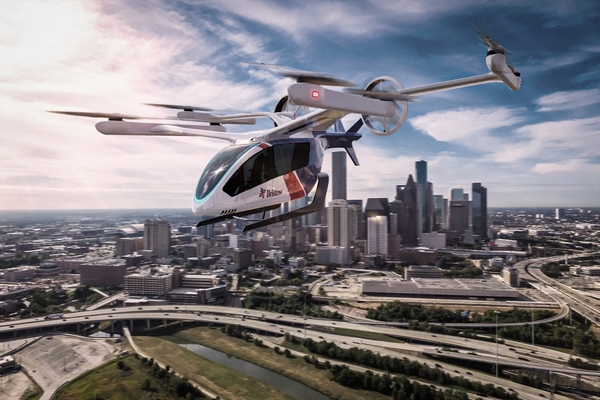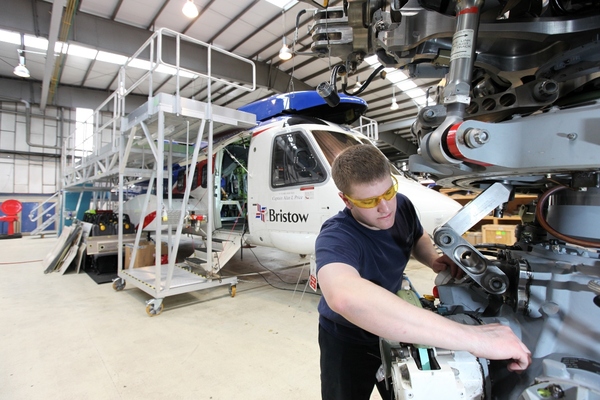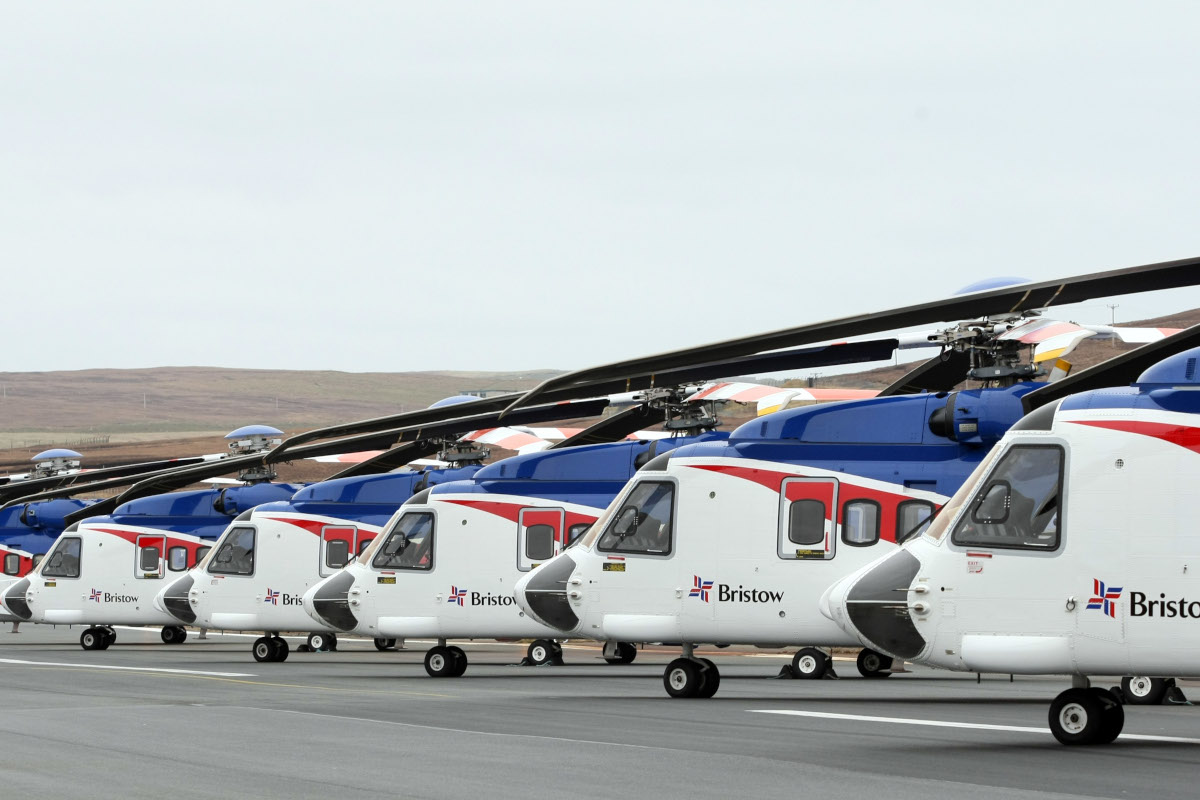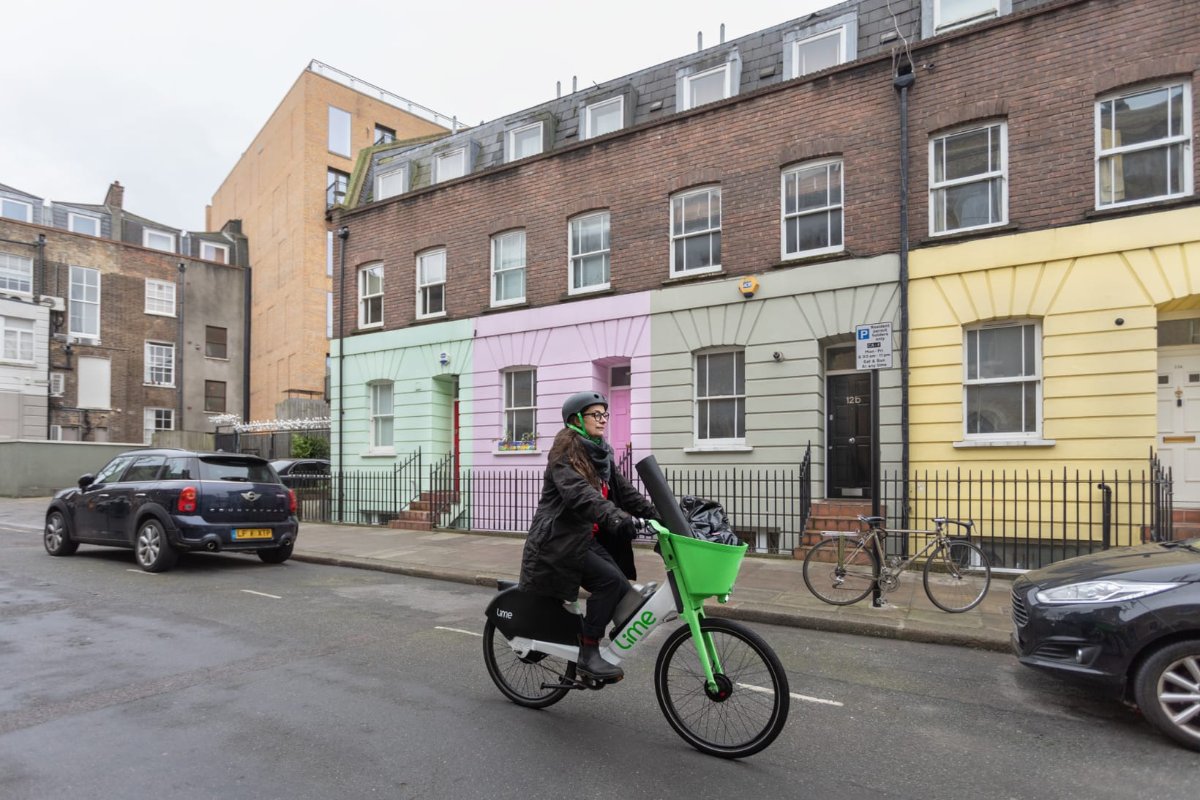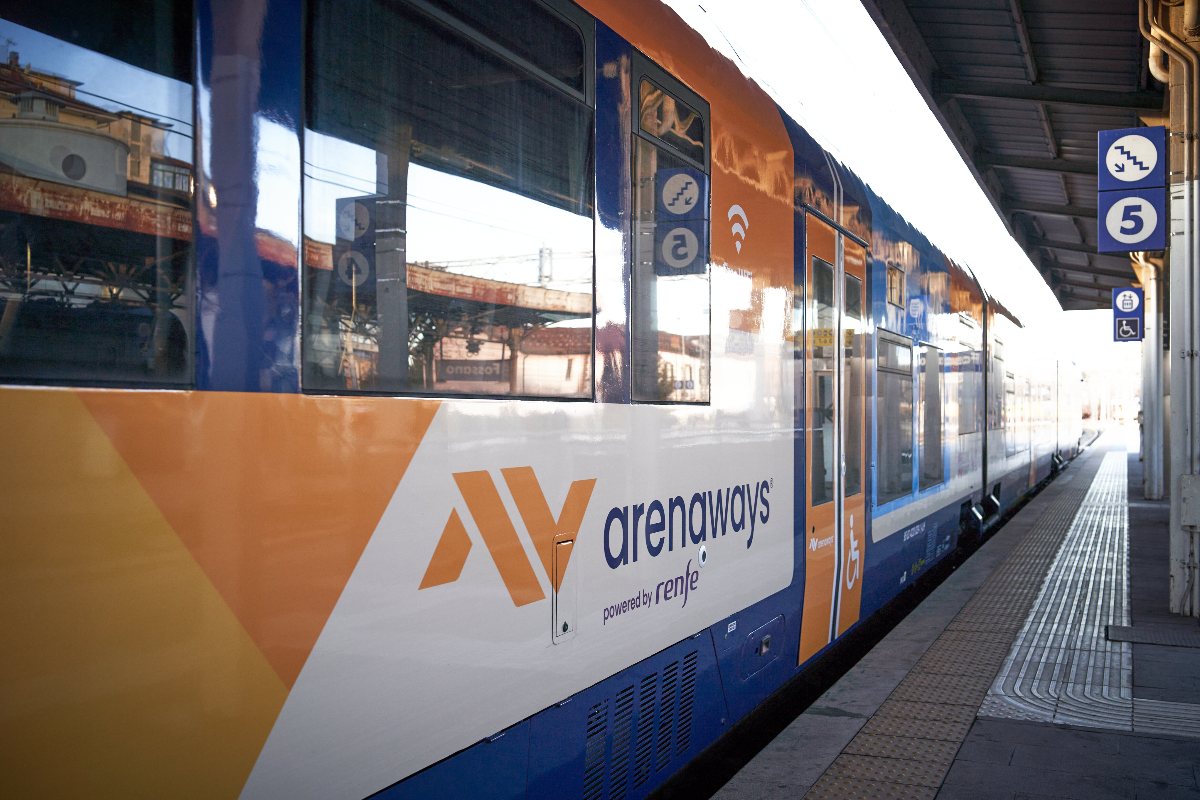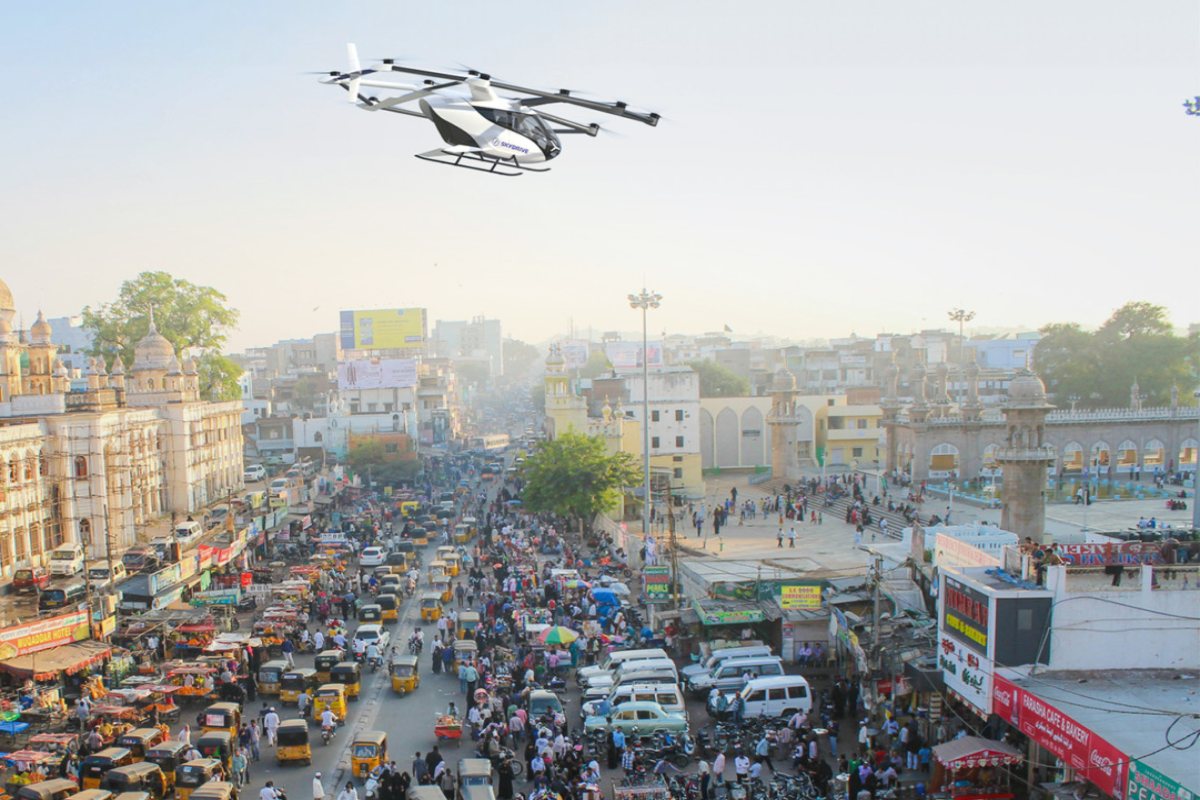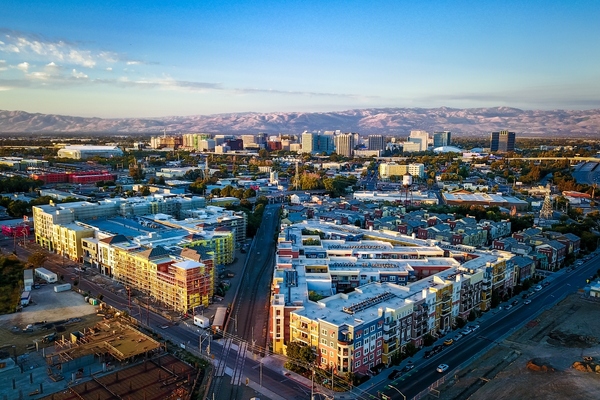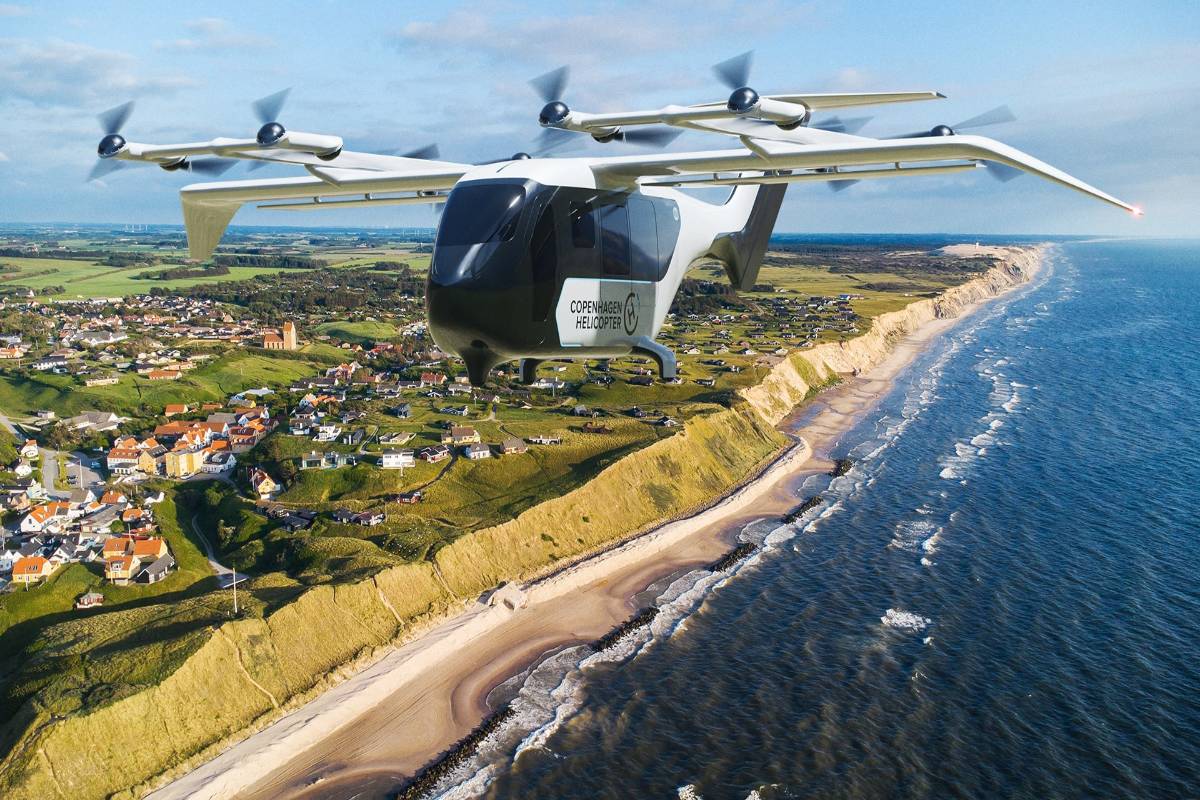Special Reports
SusHi Tech Tokyo 2024: experience ‘Tokyo 2050’ todaySponsored by The SusHi Tech Tokyo 2024 Showcase Program Executive Committee
Why start-ups aren’t the only game in town for advanced air mobility
David Stepanek, executive vice president, sales and chief transformation officer of Bristow, talks to Luke Antoniou about the way forward for advanced air mobility and what is required to gain acceptance from the public, regulators and local authorities alike.
Luke Antoniou: There is a lot yet to be figured out before urban air mobility becomes a true part of our cities’ transport networks and landscapes; what does best practice for launching services look like for Bristow?
David Stepanek: We’ve built an early adoption model that is centred around the ‘crawl, walk, run’ approach. Our belief is that a successful early adoption model for a new technology is to have a business-to-business relationship with at least one OEM and a customer – whether they’re a municipal government or otherwise – and build it out slowly with the use of existing infrastructure. Early adoption shouldn’t be constrained by a lack of charging networks or vertiports – we need to utilise what we do have in order to prove the concept.
In that model, there’s then a company and a few partners who understand that, at this early stage, there are going to be problems and hiccups, but there is a way to back it up, and we believe that back-up can be done with traditional rotorcraft. With that in place, it’s about bringing in these new systems and working in collaboration with an industrial partner that has the desire to be sustainable, and can potentially reduce costs, as the first model of adoption.
The first thing we must do as an operator is know that we’re confident in operation. Regulations are the minimum standard, but no sophisticated air carrier operates to the minimum standard – they go well beyond it. We have to make that point to ourselves first, and then the regulators will get on board. The regulators will be most concerned with how maintenance processes are operated. This is a crucial part of the process because we’re also using this period of time to essentially demonstrate to the public that this is a safe and efficient mode of transportation.
LA: When people see "regulation", they tend to read "safety" - what is your response when you hear about potential public safety concerns around VTOL and eVTOL services and operators?
DS: Safety is our licence to operate. As an air carrier, we have a duty of care to all stakeholders; our employees, their families, the people who ride in our aircraft, the local municipalities, regulators, and the public at large. That duty of care starts and ends with our Target Zero safety culture; a culture that has been developed and encouraged over decades.
Safety is evolutionary and consists of numerous different aspects. There is safety by design of the aircraft but, even then, there are so many other aspects to that – management and culture being the most important.
A leading safety culture begins with leadership at the top and filters down to the rest of an organisation. Each employee must truly believe that our number one priority is ensuring everyone gets home safely every day. That’s the key element and all of the other secondary and tertiary things that can occur branch off from that.
Safety in operating aircraft is evolutionary. There are lessons learned in aviation that can only be learned through operational experience
If a maintenance technician working around an electric motor makes an error, is their first instinct to report it? Do they feel empowered and free, or even encouraged, to exercise their obligation to stop work and ensure necessary steps are taken to remedy the issue – no matter how big or small it may seem?
Safety in operating aircraft is evolutionary. There are lessons learned in aviation that can only be learned through operational experience. New entrants to this market may not fully appreciate that or may not quite understand the concerns. These lessons are learned through years of experience and prepare our employees for various unplanned events that will inherently happen during the course of operations.
Above all, it’s recognising that safety and maintenance are not just an academic exercise
How we respond “in the moment” is critical to safe operations. Developing the experience and the strategy to manage those inherent operational risks and hazards are paramount to safe and successful operations. Those are just some examples that new and existing market entrants will have to concern themselves with. Above all, it’s recognising that safety and maintenance are not just an academic exercise.
LA: How are the conversations you’re having in the industry around safety and technical service innovations advancing?
DS: There’s real progress being made here today in existing traditional aircraft. One of the interesting things with new technology is that it is enabling the development of really smart aircraft. The use of this technology has generated a tremendous amount of data that can be used to analyse the overall health of an aircraft, the health of its motors and anything that’s moving. Alongside that is the flight data that’s more accessible, making it possible to more comprehensively monitor flights, maneuvers and operational patterns.
Those developments are still relatively new in the industry, and it took some doing to shift from a more analogue aircraft to integrate those systems, but now they’re mature. The systems will be an integral part of making sure these aircraft are reliable and safe, and also in ensuring that they are being flown in a manner that we so desire.
Traffic collision avoidance systems (TCAS) and enhanced crowd proximity warning systems will be built into these systems, and they will be standardised, along with detect and avoid for terminal collision avoidance.
LA: How important do you think previous experience in VTOL is going to be in launching new advanced air mobility services? How do you get the message to newly interested authorities that they can be safe, reliable and sustainable?
DS: For Bristow Group, that’s key because we have real experience and pedigree in this industry. Dialogue with authorities is critically important to be able to espouse our message about how, as a sophisticated operator and global company that has been in the business for a long time, we have safely operated in all types of environments and conditions.
We’ve operated aircraft in the Arctic and Antarctic, out of Hammerfest in Norway where it’s dark and icy, there are gale force winds and all kinds of unfavourable conditions. Not only do we fly people offshore in those conditions, we offer life-saving search and rescue capability. That is just one example that showcases the complexity of environments that we can operate in.
Dialogue with the industry, with local and national governments, and with regulators is critical in demonstrating our understanding of the hazards involved with these services and VTOL aircraft. It’s going to be important that the industry – as early adopters look to these new services – can build partnerships with today’s companies, like Bristow, that have the wherewithal to operate them safely.
Dialogue with the industry, with local and national governments, and with regulators is critical in demonstrating our understanding of the hazards involved with these services and VTOL aircraft
I see existing operators, both helicopter and fixed-wing, who are staples in the industry today – as key players in integrating these emerging technologies; to enable safe, efficient applications of air mobility that can be showcased to the public. That’s part of the modelling for the future – do something small and constrained, and then build it out to forge confidence within ourselves, with industry, with regulators and with the public.
The first thing I thought about when I took up this role with Bristow was what are our core competencies? Those are the roots of the tree. The trunk of the tree is Bristow, our infrastructure, our licence to operate in so many different conditions and countries around the world. The branches that come out of that are where we think we add value. If you look at the top branch, its Bristow as owners and operators of aircraft, that’s what we do best.
If you then take a branch off that, where there are potentially municipalities or OEMs that want to own their own aircraft, Bristow could come in and operate them, or provide maintenance and repairs for components and aircraft, or deliver comprehensive training thanks to the unusual environments we operate in.
Each municipality is going to have unique requirements for approaches, for departures, for regulations, and that’s going to require bespoke training. As the aircraft is built, there will be initial flight training with the CAA and the OEM, and from there is when training for the operation itself comes into play, and that’s what Bristow brings to the table, alongside sales and sales support.
LA: As an incumbent in this space already, what are your views on other types of mobility companies, such as automotive OEMs, looking to diversify into AAM, and provide not only vehicles but systems and infrastructure?
DS: While those types of companies have great manufacturing capabilities and ways to distribute those products – not to mention a healthy balance sheet that can fund the infrastructure – they don’t have the intellectual property that we have. We’re happy to partner with companies like that, and to explore it as a two-way street because they will bring the ability to manufacture at a greater scale, and we bring the operational and safety knowhow.
We hear a lot about flight test certification in this space, but once aircraft have been certified, by the FAA for example, they need to scale in terms of production. That means they’ll also need a production certificate and that requires another set of airworthiness regulators to come in, and for the company to make a different type of investment in infrastructure. The decision is then whether to operate services as the OEM or sell to an operator, which requires operation specifications and an operating license for that particular client. Bristow can help navigate those processes and decisions throughout the entire process.
A lot of people talking about standardisation are thinking of shortening the supply chain and lowering cost. When I hear standardisation, I think safety
The other part of the work we do with OEMs is to become part of the certification process to ensure that what they’re building is going to be commercially viable. There’s not an aircraft, helicopter or aeroplane that I or Bristow have experienced buying that could be taken straight off the production line and put into commercial operation. There are always changes to make, either to make it bespoke for specific operating conditions or change or improve various design aspects that may have changed during the manufacturing process.
If we can do that early and build standardisation into the process, it’s going to be very helpful. A lot of people talking about standardisation are thinking of shortening the supply chain and lowering cost. When I hear standardisation, I think safety. How do we standardise electrical connections, flight control systems, management of the cockpit itself, the maintenance requirements?
LA: From there, what impact does standardisation have on the development of new policy and regulation for these services? How are new market entrants perceived by regulators?
DS: I spend a lot of time speaking with regulators around the globe. Referring back to Bristow’s core competence as a sophisticated operator, regulators have confidence in us. They would rather see experienced operators like Bristow and our peers in this industry be the early adopters versus a start-up that, while it has brilliant people building great products, doesn’t necessarily understand the whole process of operating, of hiring, of building a culture of safety in manufacturing and operations.
These companies are very different to us – they’re process-oriented and focused on lean manufacturing processes. But out in the market, operations are constantly changing and you have to be flexible to meet new conditions. The point of the spear is generally miles away from you, there’s no observation there and the data that you get back is latent – you’re not going to see things real time.
LA: How do you see these new processes and, in turn, new services transferring into the urban environment?
DS: Regional and urban intermodal transportation is going to be vital to the success of these services. The panacea is travelling by electric AAM from the suburbs of one city to the closest international airport, catching a flight to another country, and then using another AAM service to complete your journey at the other end, from the airport to another part of the urban environment.
There’s natural progression towards that vision from our early adoption model. Hardware is being built by innovative people and operators are beginning to work out the different applications they could launch. We’re going to be very creative and innovative to get those services right, and while it is going to require the investment of a lot of capital, we’re confident we’ll see a return on that. At the same time, we have to make sure we’re doing the right thing for the world and make these applications sustainable.
Early aeroplane services weren’t proved out by carrying people, they carried cargo and mail. As the safety record builds and is proven, public interest will grow
The future for these services presents such an exciting opportunity, for B2B and regional and urban mobility services. I would encourage municipalities to watch and work with companies like ours, and partner with us in small networks to build confidence. They can then report back to their constituents the benefits that AAM can deliver to their communities and show that they’ve got experience and evidence that these services can be done safely.
That will completely change the way that municipalities and authorities engage with their communities and their citizens to gain acceptance of these services. Without acceptance there won’t be a long-term future for public-serving applications in the AAM market. I do believe that the industrial marketplace will accept these vehicles, though, because there’s a compelling business case for the likes of logistics networks, big-box distribution, energy companies, or any company that has to move a lot of people or goods.
If it can be done on the industrial side, then it can scale to serve the public, too. Early aeroplane services weren’t proved out by carrying people, they carried cargo and mail. As the safety record builds and is proven, public interest will grow.
Bristow Group is the global leader in innovative and sustainable vertical flight solutions. With over seven decades of experience provide aviation solutions to customers and governments worldwide, Bristow is uniquely positioned to integrate advanced air mobility solutions safely and efficiently to their suite of services.






